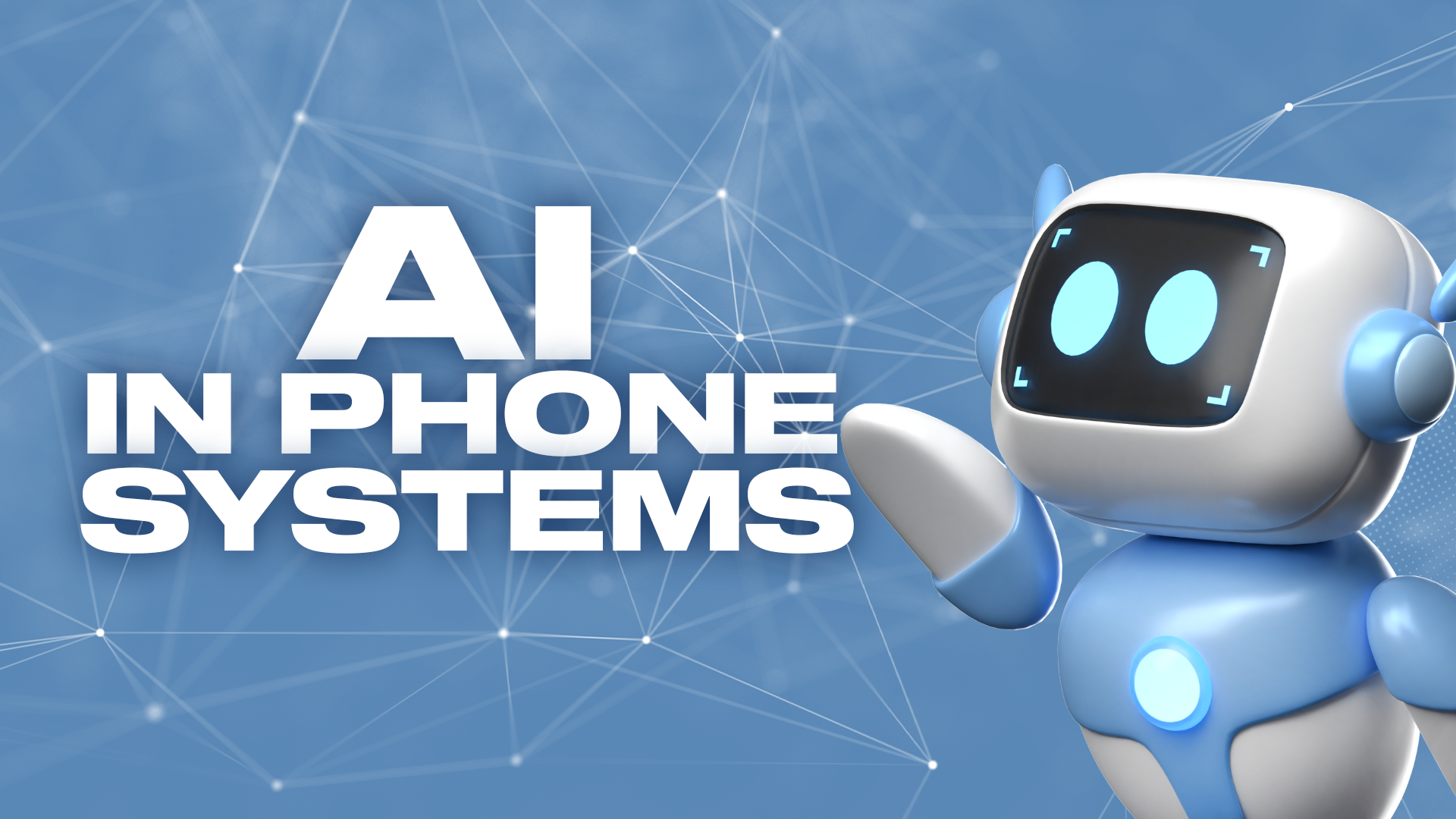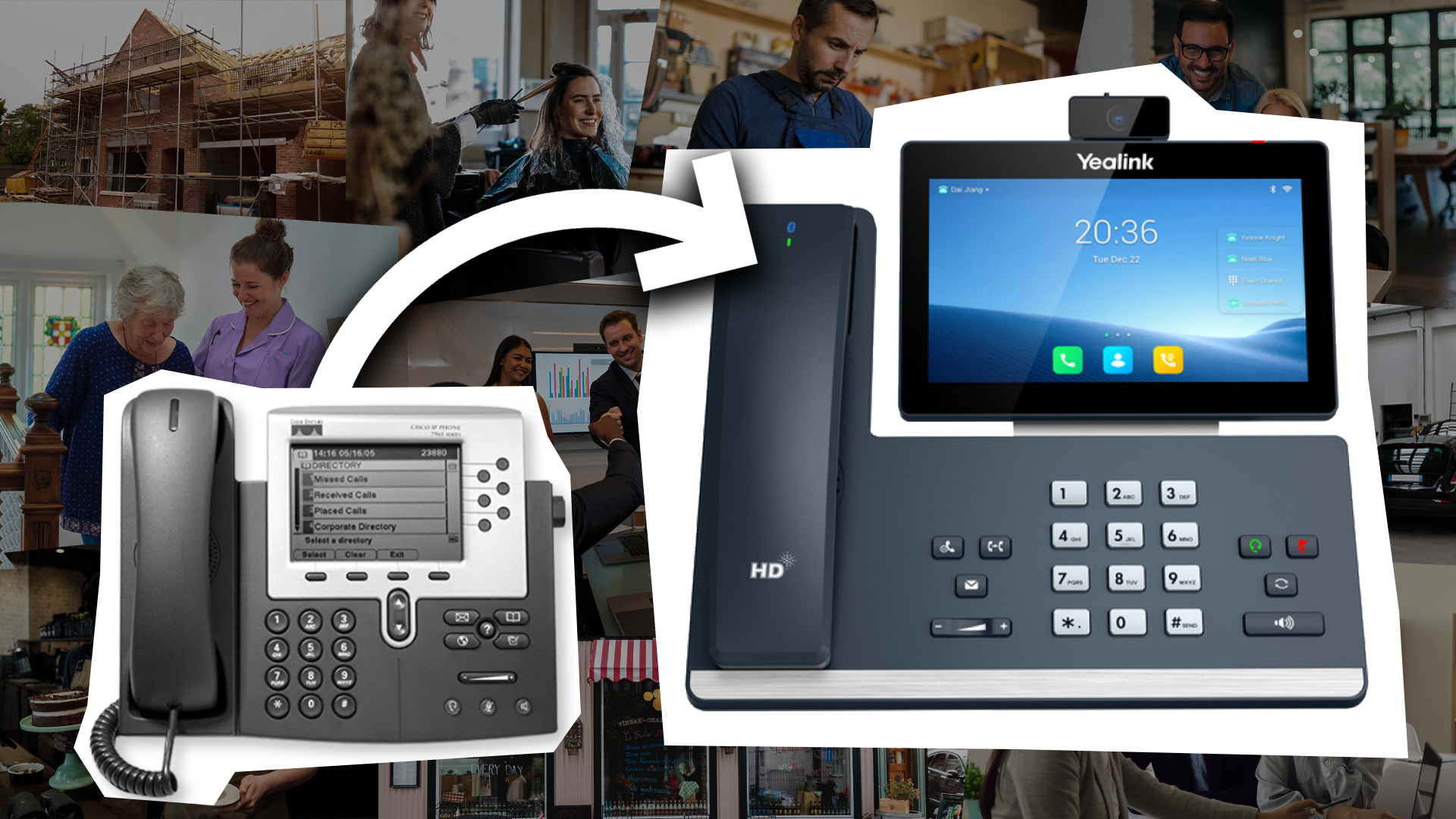How AI is Transforming Telecommunications 🔄
Enhanced Network Management 😊
AI algorithms now monitor network performance in real-time, detecting issues before they impact service. This predictive maintenance approach ensures greater reliability and reduces downtime, crucial for businesses that depend on constant connectivity.
Intelligent Call Routing and Management
Modern AI systems can analyze call patterns and automatically route communications to the most appropriate team member. This intelligent routing reduces wait times and ensures customers reach the right person faster.
Voice Analytics and Natural Language Processing 🔄
Advanced speech recognition and natural language processing capabilities are transforming how businesses understand customer interactions. These technologies can:
- Analyze customer sentiment during calls
- Identify trending issues or concerns
- Provide real-time guidance to support agents
- Transcribe conversations for better record-keeping
The AI Revolution in VoIP Services 🌟
VoIP systems are particularly well-positioned to benefit from AI advancements, as their digital nature makes integration seamless.
Smart Virtual Assistants 🏙️
AI-powered virtual assistants are becoming increasingly sophisticated, handling routine queries and freeing human agents to focus on complex issues. These assistants can schedule meetings, take messages, and even perform basic troubleshooting.
Real-Time Translation 📊
For global businesses, AI-powered translation services embedded in VoIP systems are breaking down language barriers. Conversations can be translated in real-time, opening new markets and improving international collaboration.
Advanced Security Protocols 🔮
As cyber threats evolve, AI security systems are becoming essential for protecting sensitive communications. These systems can:
- Detect unusual calling patterns that might indicate fraud
- Identify potential security breaches
- Authenticate users through voice biometrics
- Continuously adapt to new threats
Benefits for Businesses of All Sizes📈
Cost Efficiency
Automated systems reduce operational costs while improving service quality. Businesses can handle higher call volumes without proportionally increasing staff.
Enhanced Customer Experience
AI tools provide consistent, personalised service across all customer touch points. Features like sentiment analysis help businesses understand customer needs better than ever before.
Data-Driven Insights
AI systems generate valuable insights from communication data, helping businesses make informed decisions about staffing, training, and service improvements.
Scalability
Cloud-based AI telecommunications solutions can easily scale with your business, adding capacity during busy periods without significant infrastructure investments.
Implementation Challenges and Solutions 🌆✨
While the benefits are clear, businesses may face challenges when implementing AI-powered telecommunications:
Integration with Legacy Systems
Many businesses operate with existing telecommunications infrastructure that may not be AI-ready. Hybrid solutions and phased implementations can help bridge this gap.
Staff Training and Adaptation
Employees need proper training to work effectively with new AI tools. Investing in comprehensive training programs ensures smooth adoption.
Data Privacy Concerns
With increased data collection comes greater responsibility. Implementing strong data governance practices and ensuring compliance with regulations like GDPR is essential.
Implementation Challenges and Solutions 🌆✨
AI is not just changing telecommunications and VoIP systems it’s revolutionising how businesses communicate internally and with customers. The integration of intelligent technologies is creating more efficient, responsive, and insightful communication networks that adapt to business needs in real-time.
For businesses looking to remain competitive, investing in AI-powered telecommunications solutions is becoming less of an option and more of a necessity. Those who embrace these technologies now will be well positioned to provide superior service while operating more efficiently in an increasingly connected world.
The future of telecommunications and VoIP is intelligent, automated, and personalised and that future is already here. By understanding and implementing these emerging technologies, businesses can transform their communications infrastructure from a basic utility into a strategic asset.











